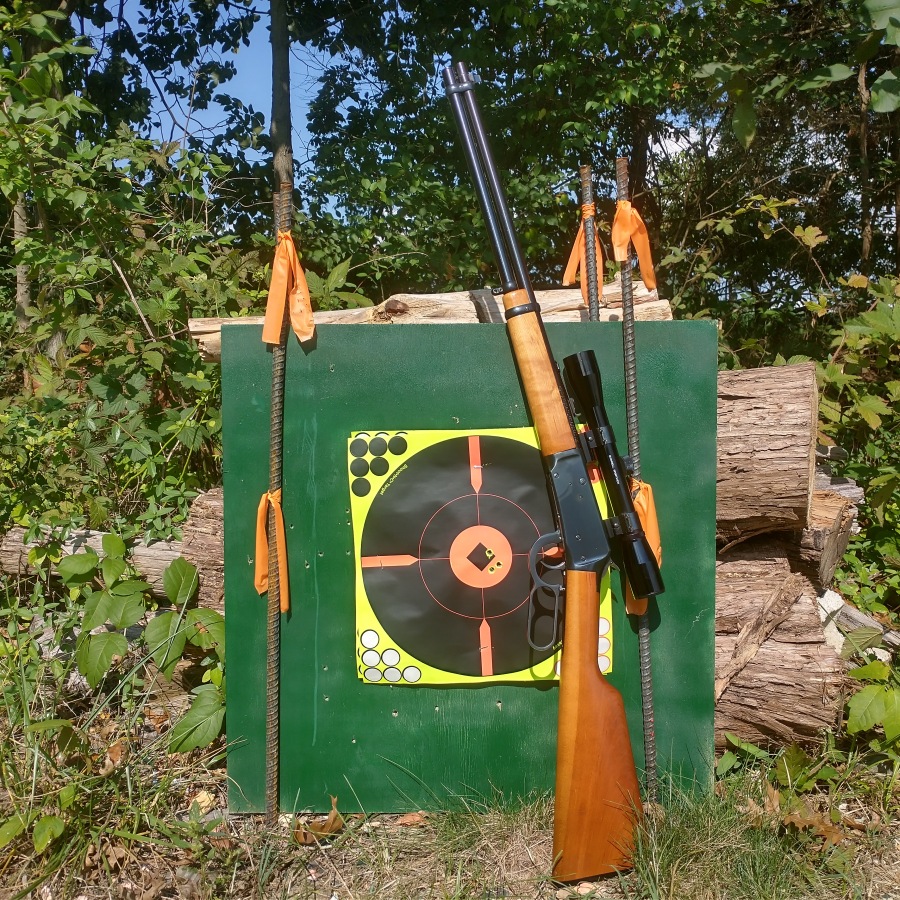bamaranger
New member
dislike
I'll add, I prefer my Winlins without the safety, true to the original designs.
I'll add, I prefer my Winlins without the safety, true to the original designs.
No, its on the 94, that saftey I removed because if its not depressed all the way in and I mean all the way in the hammer will not fall. I had to grip mine so tighly that I could not shoot accurately. When I removed it , became a completely different gunI can't say what type of firing pin the '94 uses, but resting the hammer fully forward with a cartridge in the chamber is not a good idea and negates the half-cock feature.
I think there is a tab on the bottom of the wrist at the grip, that the lever loop depresses when gripped correctly, that also has a safety function. Hmmmmm!, could that be the Marlin instead?




I can't conceive of putting a scope on a lever action. I have gone to full buckhorns and if my eyesight gets worse than it is now I'll go to a Marbles tang sight.Hawg,
My angle eject has been fabulous. I agree its useless if your not mounting an optic. But does come in handy if you decide too.
Jim, Yes your are 100% correct that cross bolt saftey is good insurance. Its the only saftey on my 94 now.
Bamaranger
Its my understanding that 94 uses a free floating firing pin. I wonder if there would be enough interia to cause it to fire a round with the hammer resting on the firing pin
I always wanted a trapper in the original 30-30 caliber, and finally bought one NOS a few years ago

